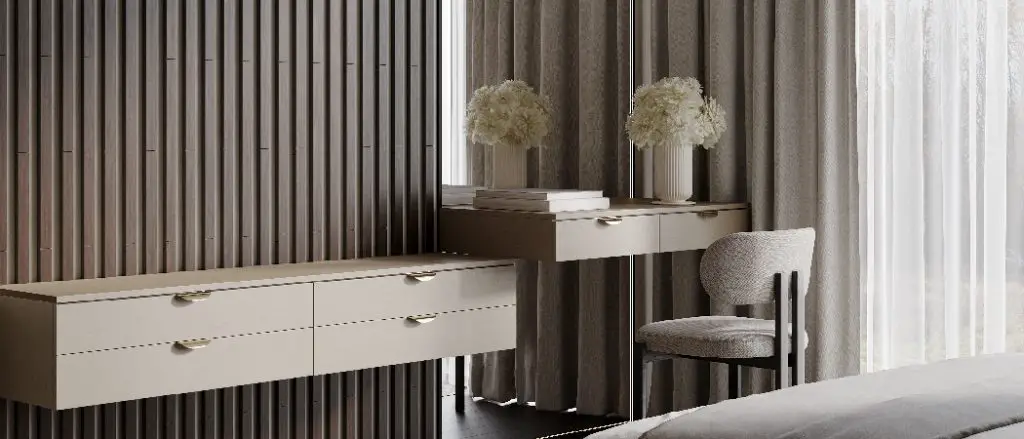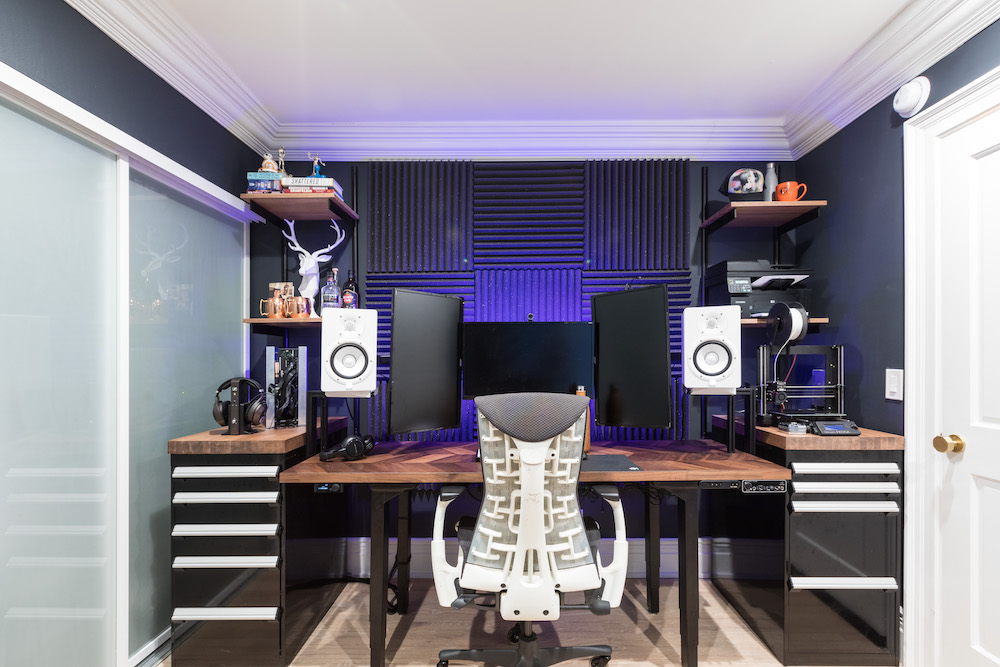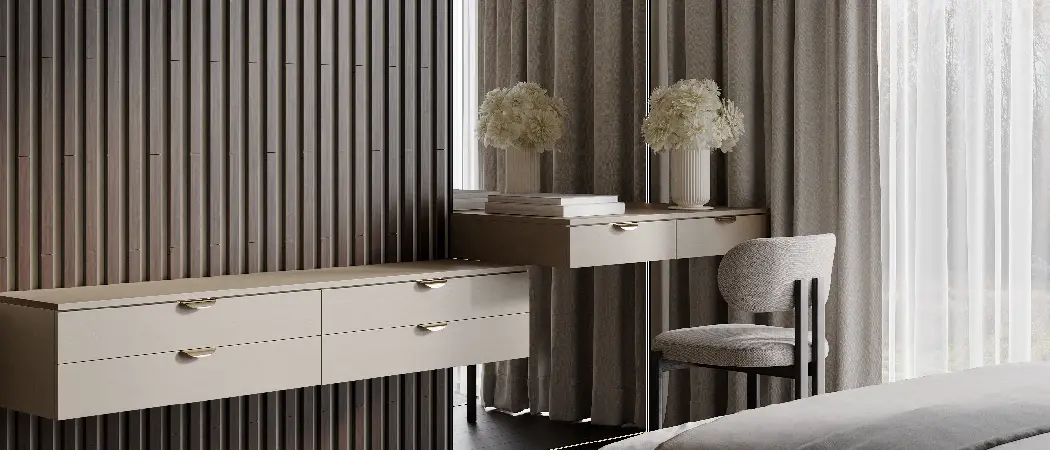Soundproofing a room can cost between $1,000 to $2,500, depending on the size and materials used. Soundproofing a room is an effective way to reduce noise levels, whether it’s for a home recording studio, a noisy bedroom, or a loud office space.
By implementing soundproofing techniques, you can create a more peaceful and enjoyable environment by minimizing outside noise distractions and enhancing privacy. There are various soundproofing methods to choose from, including acoustic panels, soundproof curtains, and insulation materials. Understanding the costs involved in soundproofing a room can help you make informed decisions and create a space that meets your specific needs and budget requirements.

Understanding Soundproofing
Silence is golden, especially when it comes to creating a peaceful environment within your home or office. Whether you want to block out noise from bustling streets, noisy neighbors, or simply want to enjoy some peace and quiet in your personal space, soundproofing is the solution. By understanding the basics of soundproofing, you can transform any room into a tranquil oasis without breaking the bank. In this article, we will explore the benefits of soundproofing and the factors that can affect the overall cost.
Benefits Of Soundproofing
Soundproofing your room offers a multitude of advantages, making it a worthwhile investment. Here are some key benefits:
- Reduced noise levels: Soundproofing helps in significantly reducing the amount of noise that enters or leaves the room, creating a peaceful and quieter environment.
- Improved privacy: Whether you’re holding confidential meetings or simply want to enjoy solitude, soundproofing provides enhanced privacy by preventing sound leakage.
- Better sleep quality: Soundproofing creates an ideal sleep environment by blocking out external noises that can disrupt your sleep patterns and leave you feeling tired.
- Enhanced concentration: Whether you’re studying or working from home, soundproofing helps in minimizing distractions, allowing you to focus better and be more productive.
- Increased property value: Soundproofing adds value to your property, as it is an attractive feature for potential buyers or renters looking for a peaceful living or office space.
Factors Affecting Soundproofing Costs
While soundproofing can offer numerous benefits, the total cost will depend on various factors. These factors include:
- Room size: Larger rooms require more materials, such as acoustic panels, soundproofing curtains, and insulation, which can increase the overall cost.
- Desired soundproofing level: The extent to which you want to reduce noise will affect the selection of soundproofing materials and techniques, impacting the overall cost.
- Existing construction: The current state of your room’s construction, including walls, ceiling, and flooring, can influence the complexity and cost of the soundproofing project.
- Material selection: The choice of soundproofing materials, such as sound-dampening foams, mass-loaded vinyl, or double-glazed windows, will impact the overall cost. Each material varies in terms of effectiveness and price.
- Installation method: Whether you choose to hire professionals or undertake the installation yourself, labor costs can significantly affect the overall budget.
Diy Soundproofing Solutions
Sealing Gaps And Cracks
Fill gaps and cracks in walls with sealant to minimize sound leakage.
Using Heavy Curtains Or Drapes
Hang thick, heavy curtains to absorb sound waves and reduce noise.
Installing Weatherstripping
Add weatherstripping around doors and windows to block external noise.
Consider using draft stoppers to further enhance soundproofing.
Adding Acoustic Panels
Mount acoustic panels on walls to dampen noise and improve sound quality.
Affordable Soundproofing Materials
Affordable Soundproofing Materials:
Mass Loaded Vinyl
Mass loaded vinyl (MLV) is a popular soundproofing material due to its effectiveness in reducing noise transmission. It is flexible, yet dense, making it ideal for use in walls, ceilings, and floors. MLV effectively blocks airborne sound and is easy to install, making it a cost-effective choice for soundproofing a room.
Acoustic Foam
Acoustic foam is a lightweight material that absorbs sound waves, reducing echo and reverberation within a room. It is commonly used in recording studios, home theaters, and noisy environments. Acoustic foam panels come in various shapes and sizes, making them versatile for different applications.
Soundproof Paint
Soundproof paint, also known as noise-reducing paint, contains sound-absorbing properties that can help diminish noise levels within a room. When applied, it creates a viscoelastic deadening layer that reduces vibration and sound transmission through walls and ceilings, offering an affordable way to enhance soundproofing.
Cork Sheets
Cork sheets are sustainable and effective soundproofing materials that can be used to reduce impact noise, such as footsteps or furniture movement. The natural properties of cork offer excellent acoustic insulation and can be easily installed as a flooring underlayment or wall covering

Estimating Soundproofing Costs
When soundproofing a room, one of the first questions that come to mind is, “How much will it cost?” Estimating soundproofing costs involves considering factors such as room size, materials needed, and researching prices. By understanding these elements, you can better prepare for the financial investment required to soundproof a room effectively.
Determining Room Size
Before embarking on a soundproofing project, it’s important to determine the size of the room to be soundproofed. Measure the length, width, and height of the room to ascertain the total cubic footage. This will help in calculating the quantity of materials required for soundproofing.
Calculating Materials Needed
Once the room size is determined, the next step is to calculate the materials needed for soundproofing. This includes insulation, acoustic panels, drywall, and soundproofing sealant. Create a list of the required materials and their quantities based on the dimensions of the room.
Researching Prices
After estimating the materials needed, it’s crucial to research the prices of soundproofing materials. Browse through different suppliers and compare prices to find the best deals. Consider the quality and effectiveness of the materials in relation to their costs to ensure a sound investment.
Professional Soundproofing Services
Benefits Of Hiring Professionals
Professional soundproofing services ensure effective noise reduction.
- Expertise in soundproofing techniques
- Access to high-quality materials
- Precise installation for optimal results
Comparing Quotes From Different Contractors
Get quotes from multiple soundproofing contractors for cost comparison.
- Compare pricing and services offered
- Evaluate customer reviews and reputation
- Consider experience and portfolio of past projects

Additional Soundproofing Techniques
For additional soundproofing, consider adding acoustic panels, soundproof curtains, or weather stripping to doors and windows. While the cost varies based on the size and materials used, you can expect to spend between $500 to $2500 for professional soundproofing.
Additional Soundproofing Techniques
When it comes to soundproofing a room, it’s not just the walls that need attention. Sound can easily travel through other openings in the room, such as the door, windows, and ceiling. To achieve maximum soundproofing, it’s important to address these areas as well. In this section, we will discuss
Soundproofing The Door
Doors are often one of the main culprits when it comes to sound transmission. To effectively soundproof a door, there are a few techniques you can implement.
- Install weatherstripping to create an airtight seal around the door. This helps to prevent sound waves from leaking through any gaps.
- Use a draft stopper or door sweep at the bottom of the door to further seal off any sound leaks.
- Consider adding a soundproofing door blanket or panel. These can be attached to the back of the door and help to absorb and block sound.
Soundproofing The Windows
Windows are another common source of sound leakage. Here are a few methods to soundproof your windows:
- Install double glazing windows, which consist of two panes of glass with a layer of air or gas in between. This helps to block sound vibrations.
- Apply window soundproofing film. This thin transparent film adheres to the window glass and helps to reduce sound transmission.
- Consider using soundproof curtains or blinds. These are made with special materials that absorb sound waves and prevent them from entering the room.
Soundproofing The Ceiling
Don’t forget about the ceiling when soundproofing a room. Sound can easily travel through the ceiling into other areas of the building. Here are a few techniques to consider:
- Install acoustic panels on the ceiling. These panels are specially designed to absorb and reduce sound.
- Use mass-loaded vinyl (MLV) or soundproofing insulation between the ceiling joists. This helps to block sound from above.
- Consider adding a drop ceiling with sound-absorbing tiles. This can help to further reduce sound transmission.
By implementing these soundproofing techniques for the door, windows, and ceiling, you can significantly enhance the overall soundproofing capabilities of your room. It’s important to remember that each room’s soundproofing needs may vary, so it’s essential to assess the specific requirements and choose the most suitable methods accordingly.
Tips For A Budget-friendly Soundproofing Project
Soundproofing a room can greatly enhance your living or working space by reducing noise pollution and increasing privacy. However, the cost of soundproofing can sometimes be a deterrent. The good news is that there are ways to achieve effective soundproofing on a budget. By setting a realistic budget, prioritizing your soundproofing needs, and exploring alternative options, you can create a quieter and more comfortable environment without breaking the bank.
Setting A Realistic Budget
Before diving into a soundproofing project, it’s important to determine how much you can afford to spend. Setting a realistic budget will help you narrow down your options and make informed decisions. Consider factors such as the size of the room, the level of soundproofing required, and the materials needed.
Prioritizing Soundproofing Needs
Not all rooms require the same level of soundproofing. Prioritizing your soundproofing needs will help you allocate your budget more efficiently. Identify the main sources of noise and focus on addressing those areas first. For example, if external noise is a major concern, investing in soundproof windows or door seals may be more beneficial than soundproofing the entire room.
Exploring Alternative Options
Soundproofing doesn’t always have to involve expensive materials or professional services. There are alternative options that can be just as effective and budget-friendly. Consider using cost-effective materials like weatherstripping tape, acoustic curtains, or rugs. These can help reduce noise transmission and improve the overall soundproofing of a room without breaking the bank.
Another alternative option is DIY soundproofing. There are numerous online resources and tutorials available that provide step-by-step instructions on how to soundproof a room yourself. By taking on the project yourself, you can save money on labor costs and have more control over the materials used.
Remember, soundproofing doesn’t have to be an all-or-nothing endeavor. You can start with basic soundproofing solutions and gradually add more advanced techniques as your budget allows.

Frequently Asked Questions On How Much Does It Cost To Soundproof A Room
Is It Worth It To Soundproof A Room?
Yes, soundproofing a room is worth it to reduce noise, increase privacy, and improve focus and productivity.
How Much Does It Cost To Sound Insulate A Room?
The cost to sound insulate a room varies depending on various factors, such as room size, insulation materials used, and the extent of soundproofing desired. Generally, it can range from $500 to $5,000.
Is It Possible To 100% Soundproof A Room?
100% soundproofing a room is not possible, but you can reduce noise with insulation, sealing gaps, using thick curtains, and adding acoustic panels or soundproofing materials.
How Can I Soundproof My Room Cheaply?
To soundproof your room cheaply, use weatherstripping on doors, seal gaps with caulk, hang heavy curtains, place rugs or carpet, and use sound-absorbing materials like egg cartons or foam panels.
Conclusion
Overall, the cost of soundproofing a room varies based on materials and methods used. It’s essential to consider your budget and the level of sound reduction needed. By researching and planning wisely, you can achieve a quieter and more peaceful environment without breaking the bank.
Invest in soundproofing with purpose.

